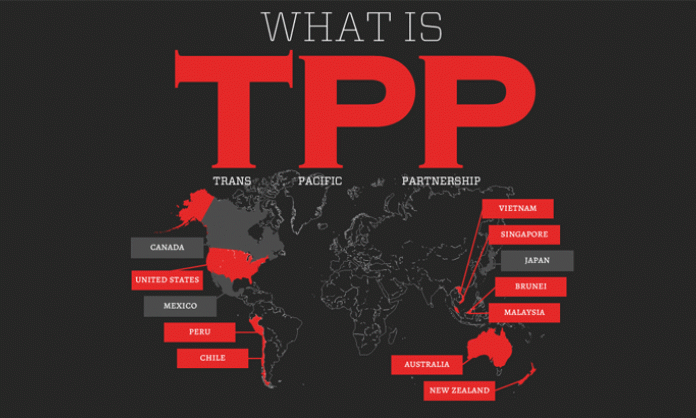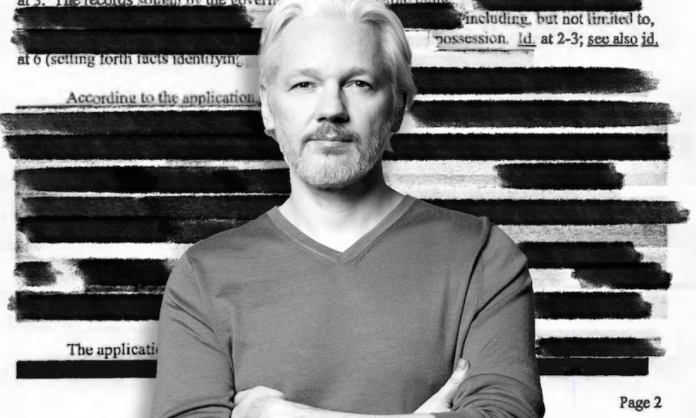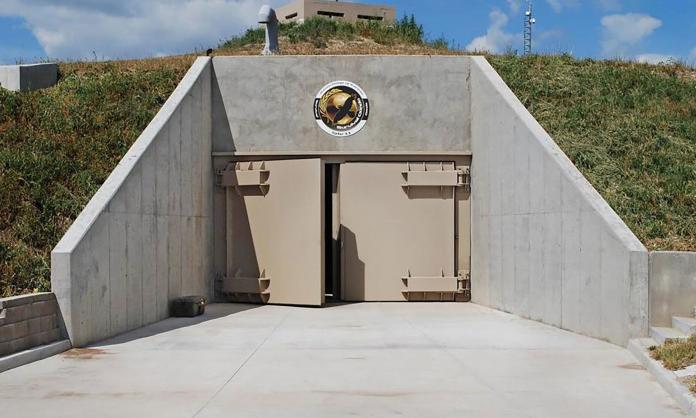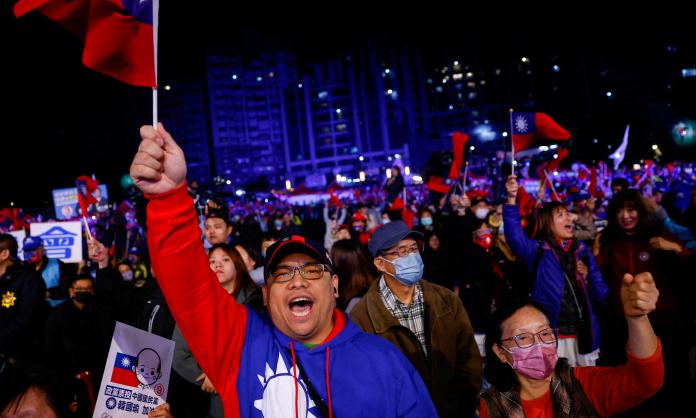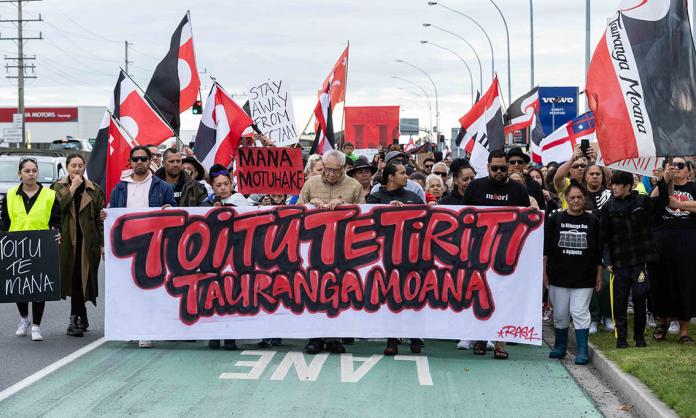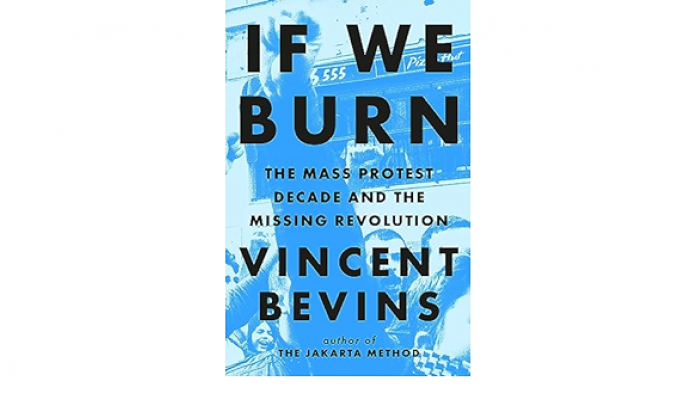So you haven’t heard about the Trans-Pacific Partnership (TPP) agreement? This is not surprising since it is being negotiated in secret. So afraid is the Australian government of its citizens knowing details about what is being negotiated that the Department of Foreign Affairs and Trade banned journalists from a public briefing on the TPP.
The agreement is about trade and investment liberalisation. DFAT puts it this way:
“The Australian Government will pursue a TPP outcome that eliminates or at least substantially reduces barriers to trade and investment. The TPP is more than a traditional trade agreement; it will also deal with behind-the-border impediments to trade and investment.”
The target of the US-led agreement is China. The rapid trade and investment liberalisation that the agreement seeks means China, with its state-run protected businesses, cannot join unless it fundamentally restructures its economy. It won’t.
The US is building on an earlier Trans-Pacific Strategic Economic Partnership Agreement between Brunei Darussalam, Chile, New Zealand and Singapore. The TPP includes these four parties plus Australia, Canada, Japan, Malaysia, Mexico, Peru, the US and Vietnam.
Japan’s membership is interesting. Such is its fear of China that the current Japanese government is prepared to join the TPP despite the fact that this will mean abandoning protected rural industries that are the voting mainstay of the current Abe government.
In essence this is the US corralling friendly forces in an economic and political agreement against the growing power of China. It is an integral part of US imperialism’s “pivot to Asia” with its main goal to contain China.
It will do this by creating open trade and investment borders between the signatories. Almost 800 million people reside in those countries, including the US – the most powerful political, economic and military power in the world. The integration of these economies through the proposed agreement will create an economically unified group that competes with China in the region and globally.
So what does it do? Because it is secret, we don’t know that much, except for what has been leaked thus far.
First, it will abolish or significantly reduce tariffs between the signatories. For example, Japanese agricultural tariffs run at about 25 percent but are 778 percent on rice imports, 328 percent on sugar and 218 percent on powdered milk. While the US government appears to have given the Japanese some wriggle room, such tariffs would eventually go. So too would Australian car tariffs.
The agreement also covers investment. The idea is that investment will flow between the countries without any restrictions, direct or indirect. This will benefit capital exporters like the US at the expense of capital importers like Australia, which might in the past have tried to regulate foreign investment. Thus Australia’s foreign investment rules could be dumped or sidelined for the TPP partners.
Any disputes about this would be sorted out through what is called investor-state dispute settlement or ISDS. This would allow foreign corporations to sue governments. For example, if the Australian government harms a corporation’s investment (“reduces its expected profits”) through, say, environmental regulation, the door to litigation may be opened.
The TPP and its ISDS clause could, to name a few, threaten coal seam gas restrictions, plain packaging of tobacco, GMO regulation and Australia’s pharmaceutical benefits scheme and lower medicine prices (including $5.90 for pensioners). Longer copyright periods would strengthen US companies, which own 90 percent of world copyrighted material and increase prices in the areas concerned.
The US negotiators want to water down labour rights and environmental standards. No agreement on keeping these rights and standards has been reached.
The debate among capitalists has been whether to let the market rip or to regulate it just a little bit. Both the Howard and Rudd and Gillard governments rejected ISDS. The Abbott government looks set to accept it.
This looks to me as not just being about rabid free marketeers running wild. It is also that the Abbott faction of Australian capital is making a decision more fully to side with US imperialism in its encirclement and containment of China.
The plan is for the TPP to be finalised by the end of the year. No wonder the Abbott government is, once again, keeping us in the dark.




